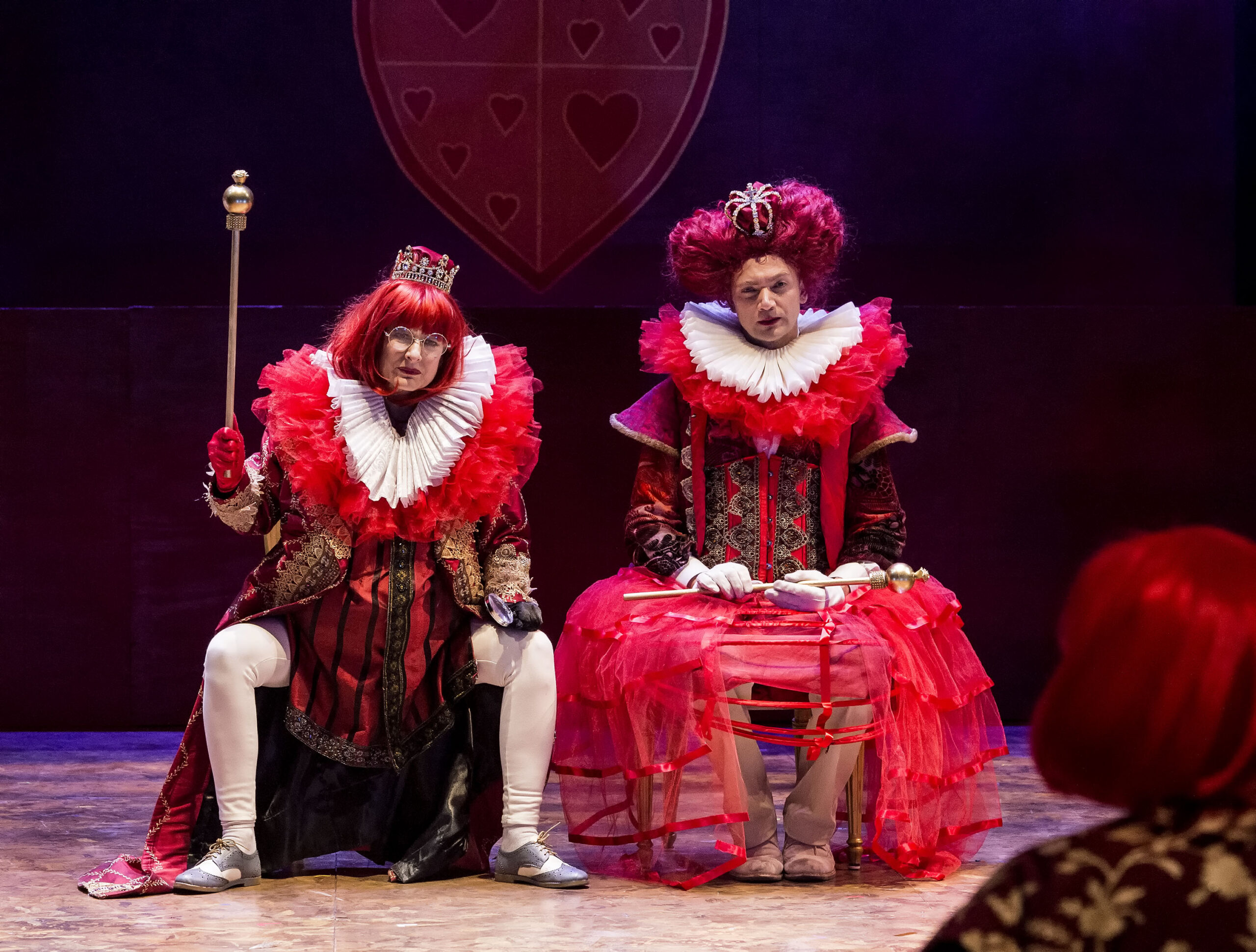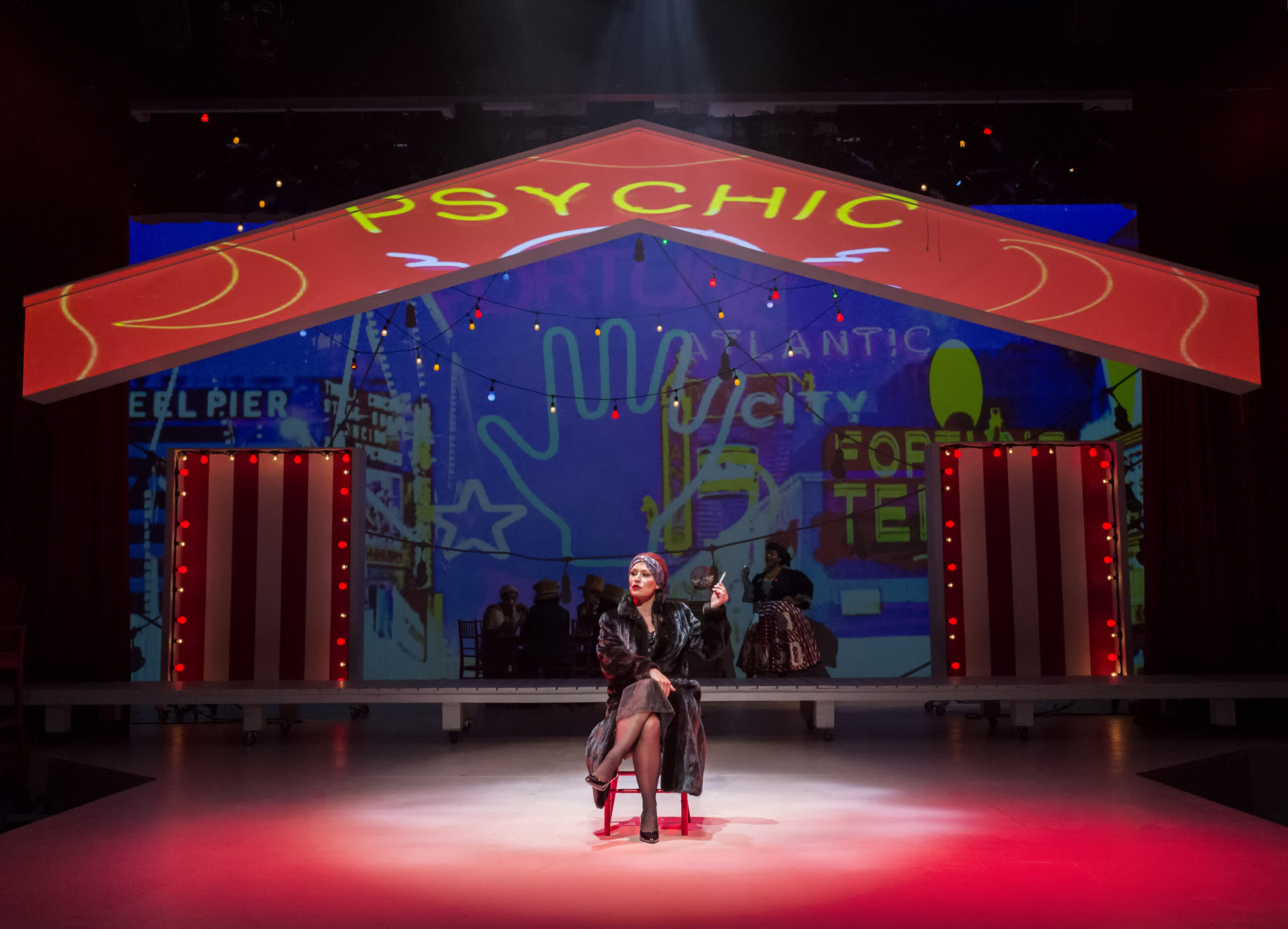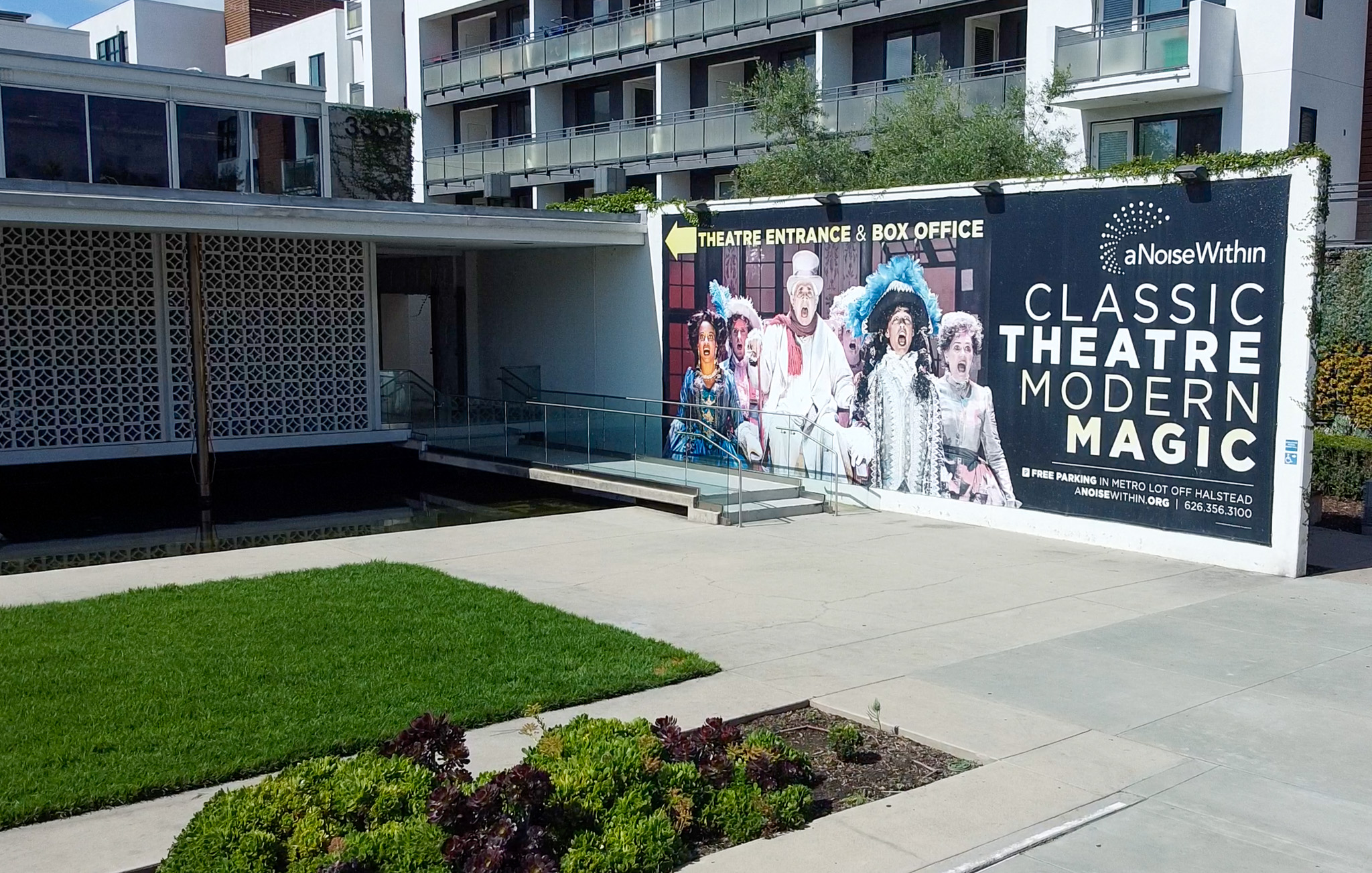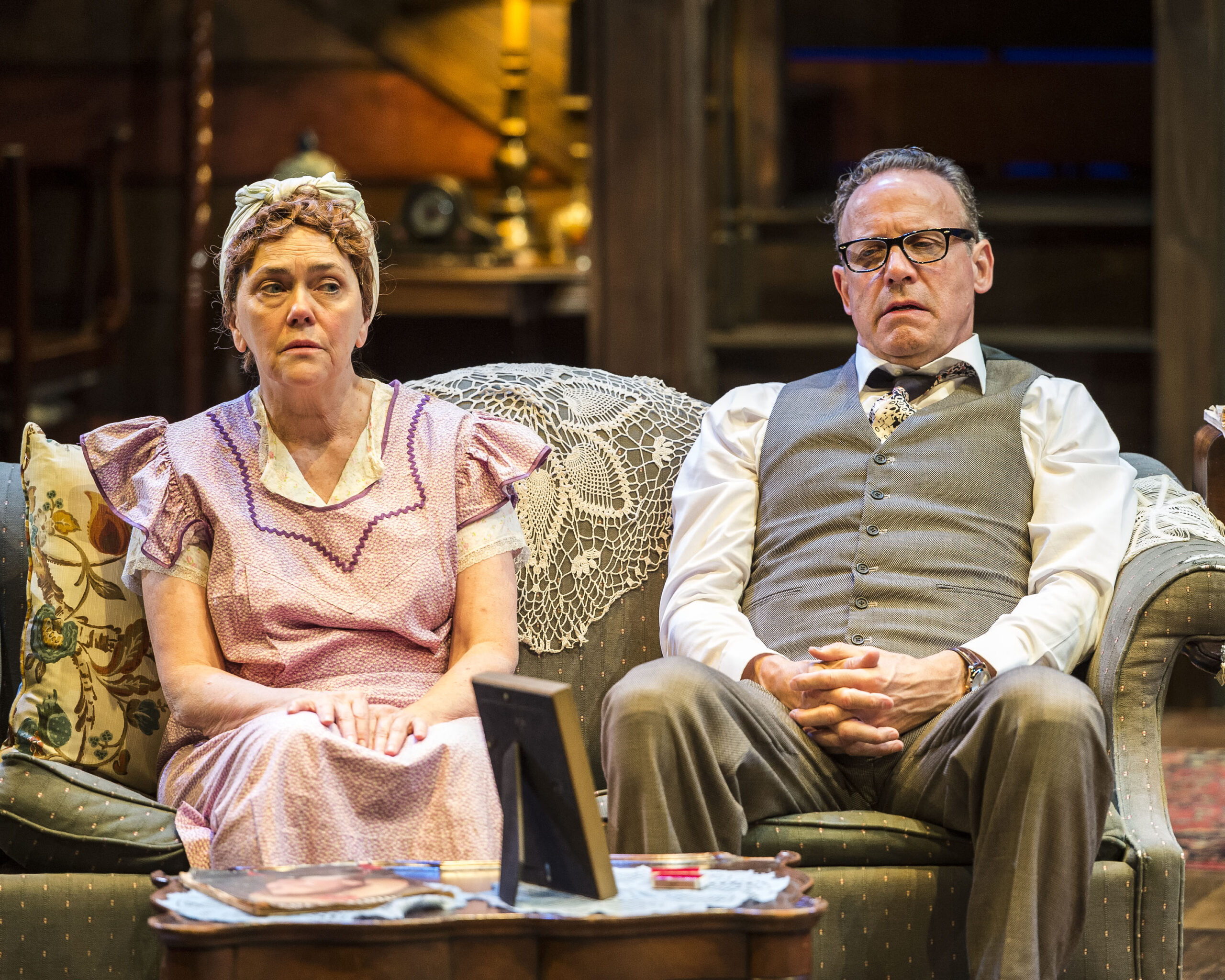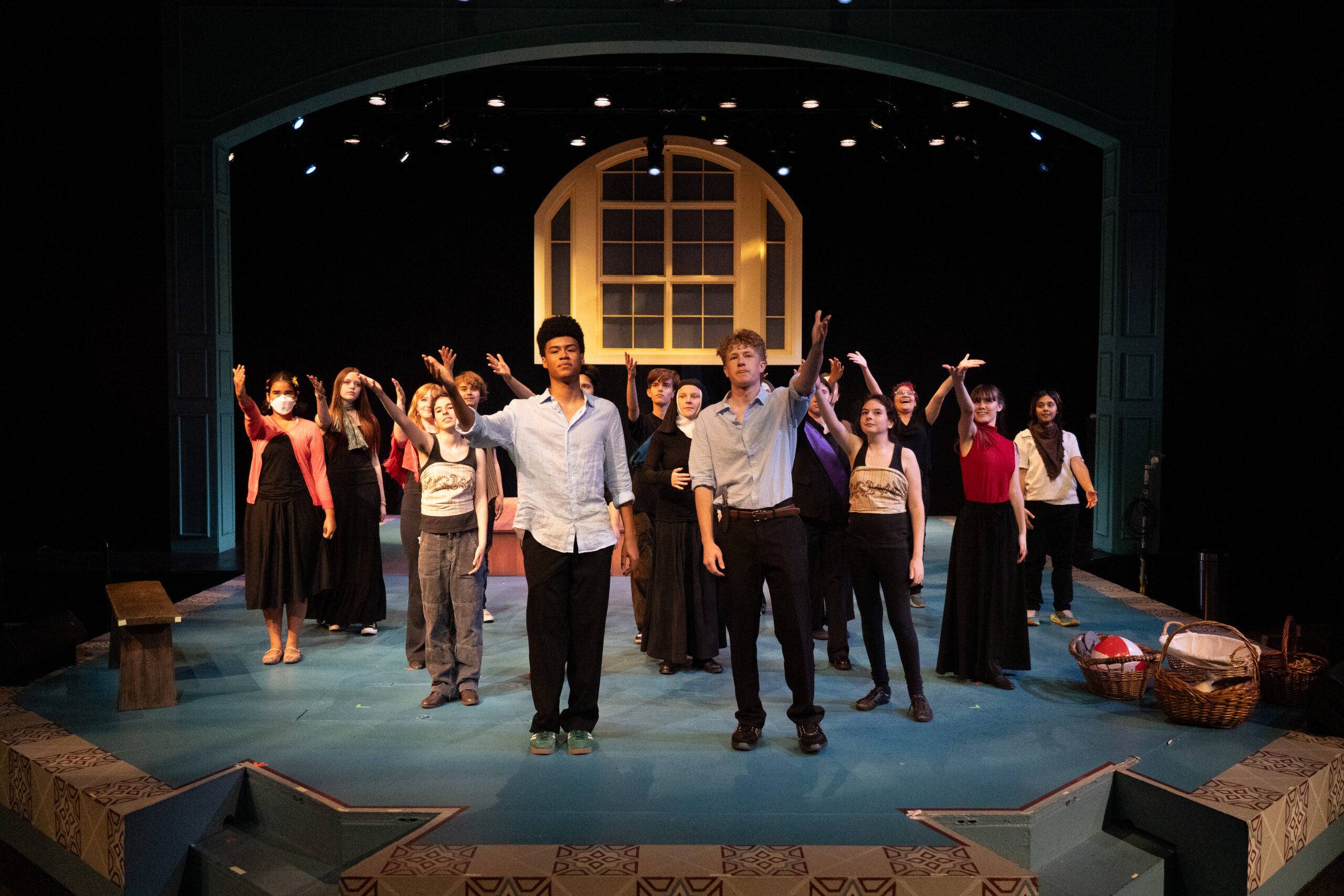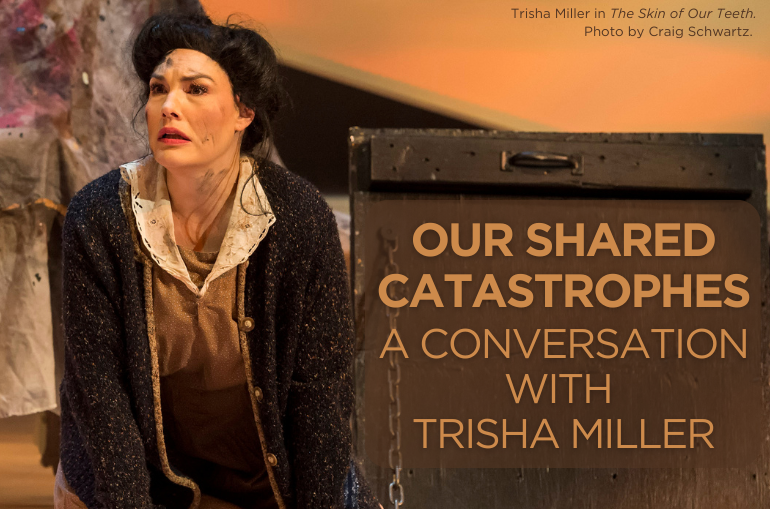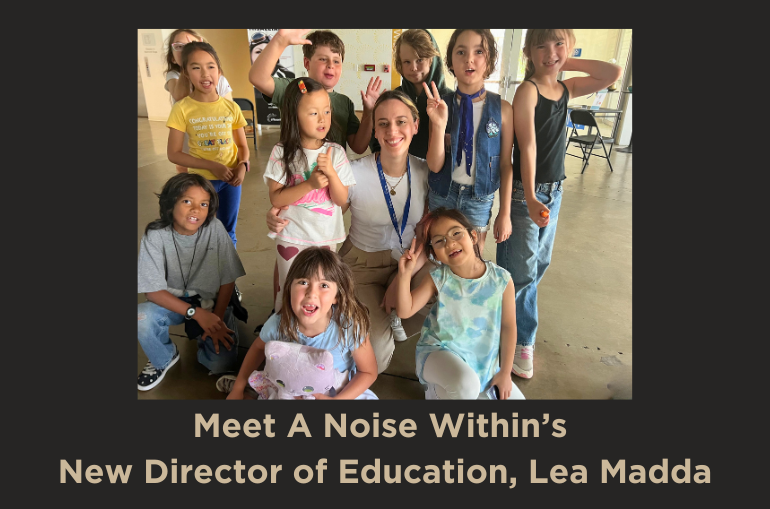Q&A with Frankenstein Scenic Designer François-Pierre Couture
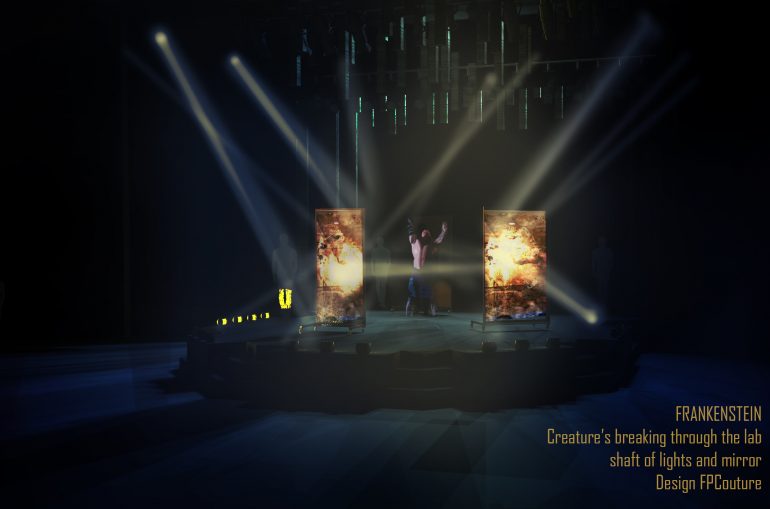
By A Noise Within
August 28, 2019
If you’re curious about the magic behind the world of Frankenstein, look no further! Scenic Designer François-Pierre Couture shares about his experience and inspiration in designing for our production – from mirrored boxes to wood beams to radical set transformations.
What attracted you to Frankenstein? What is most intriguing to you about this story?
The most influential part of the story for me is probably the story of a Creature rejected by his creator and forced to fend for himself, exemplifying the loss of innocence. The question it poses in regards to our nature as individuals being shaped from experience or fully formed at birth is very haunting. Are we born good or bad? Is the environment shaping us? Or both? In this story, the Creature is harmless, pure and through human interaction, learns how to lie, hate and hurt.
What is the scenic designer’s job? How did you begin your process for designing this show?
First and foremost, the role of the designer, much like everyone else involved in the production, is to help tell the story. Like for many projects, the process begins with reading the play multiple times, and then exploring the story to better understand its hidden layers. For example, we focused on the psychological conflicts of Dr. Frankenstein and his creation. Both characters are complex compositions of light and dark: kindness, passion, ambition and greed, anger and selfishness. Once we identified those themes, we found visual research, images that expressed our ideas and feelings about the play. In this case, I found illustrations by Lynd Ward who uses the technique Chiaroscuro – meaning “Light and Dark” – which represented the internal conflict of these characters. We also looked at textures and colors like wood, rusted metals, and two-way mirrors, which can both reflect and reveal. Our role is to translate these ideas from the page to a physical world on a stage. After our research, which provides a visual and emotional foundation for our work, comes the difficult yet exciting time to shape the space and give the actors a physical world they can interact with. This is one of the most important aspects of storytelling as a scenic designer. The story travels through a lab, a forest, a house, the mountains and more. It is up to the designer to decide how each location will be represented. For example, we used wood beams to represent both the forest and the buildings of a dark city.
How did you first become interested in scenic design?
I first started out as business major. I was always interested in the arts, but never thought I could make a living out of it. After a first miserable year in college, I decided to start working for a theatre. I eventually found that designing was a career and that I could combine my love for the arts with something practical. I applied to a theatre school the following year, was accepted, worked hard to catch up with the other students and eventually came to UCLA to complete my BFA in Scenic and Lighting design.
What elements of this play does the scenic design help convey?
The design uses both abstract and realistic elements. The wood beams with their texture, dark tones, and height help support the dramatic nature of the piece. The use of mirrors represents our inner conflicts and the difference between how we perceive ourselves versus how we are perceived. We used furniture and other realistic props to help support the location of each scene and to help the audience understand various actions performed in the play. Both the emotional and physical aspects of the design are essential to tell the story.
What piece of the show are you most excited to see come to life?
I always love to see my design come to life, of course! It is always exiting to see an idea evolve from a piece of paper to the stage. However, the most amazing part is seeing the actors take ownership of the space and interact with the set, the lighting, the props, the music, and the costumes in order to tell the story. Our work is only meaningful when all the elements come together in front of an audience.
Frankenstein MUST CLOSE September 8! Get your tickets to Frankenstein now!
